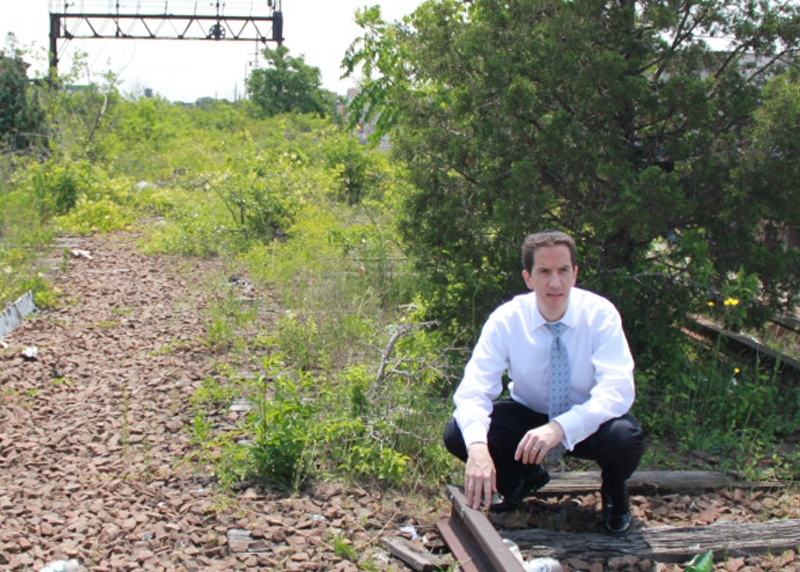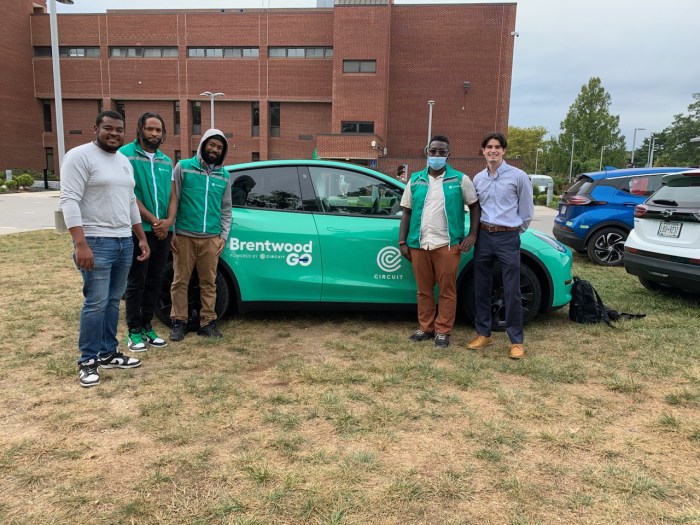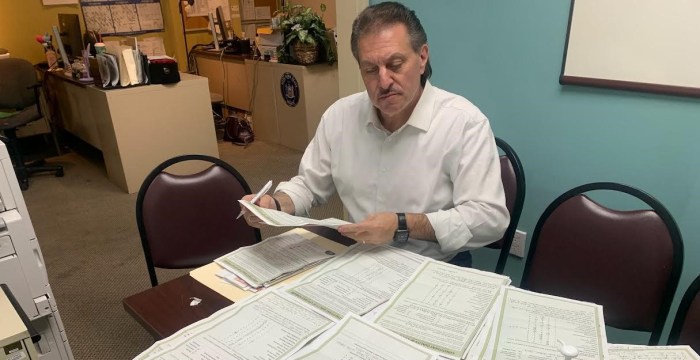Queens’ Rockaway Beach line took a “huge step” toward reactivation on Tuesday when Assemblyman Phil Goldfeder announced that this year’s Assembly one-house budget proposal will include millions of dollars for a feasibility study of the line.
Many transit advocates across the “World’s Borough” have been fighting to get the Rockaway Beach line up and running again, providing service from the Rockaways and southern Queens to areas such as Rego Park and the rest of the city on the Long Island Rail Road (LIRR) that hasn’t been seen since the route stopped operating in 1962.
“We are extremely happy. There is no doubt that this is the next step in getting the train back in Queens,” said Phil McManus, president of the Queens Public Transit Committee. “We’re all hurting out here when it comes to transportation. I love the idea that Assemblyman Goldfeder got the money for the study. Now we are going to have to monitor this study and make sure that it is done correctly.”
The proposal of this study includes language that would requires the MTA to conduct a comprehensive feasibility study of the line, noting that “constructing new mass transit routes and services reduces vehicle traffic and alleviates congestion.” The MTA would be required to complete the study and submit their findings to the governor and the leaders in both houses of the legislature no later than March 1, 2017.
“With so many families in Queens suffering through some of the longest commutes in the city, it’s important that we explore every option to improve transportation. A feasibility study of reactivation [of] the Rockaway Beach Rail Line will do just that,” Goldfeder said. “This study will provide us with an accurate picture of the state of the line and show not just what it would cost to reactivate, but also the impact this would have on thousands of commuters in the community.”
Goldfeder expects the MTA to assess the current condition of infrastructure along the 4 miles of tracks, as well as the full cost of reactivating it for passenger service. He also hopes the study will contain the benefits of reactivation, including potential ridership and the economic benefits to the surrounding communities.
“This is a huge step forward for families in southern Queens and the entire city who deserve transit equity,” Goldfeder said. “For too long, we have let this valuable right-of-way remain unused and abandoned. The new study will confirm that full restoration of the line is the most cost effective and environmentally sound way to ease congestion on our roadways, connect Queens neighborhoods and improve commutes for every New York City family.”
“A feasibility study is a commendable idea for the old Rockaway line. Seeing this in the final budget would demonstrate how serious we are about improving transportation options for the residents of my district,” said Assemblyman Mike Miller. “An important question that should be asked is how we can connect this rail line to the current Long Island Rail Road service already on Atlantic Avenue. I would hope that in the process the study takes into account all factors, especially homeowners who live next to the rail line. We must ensure that quality of life is maintained for all members of the community.”




































